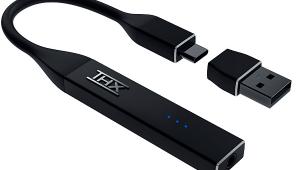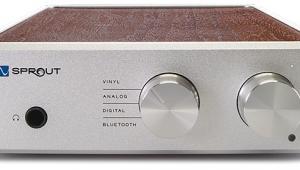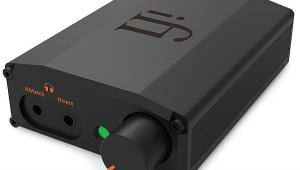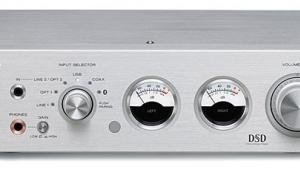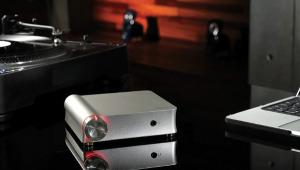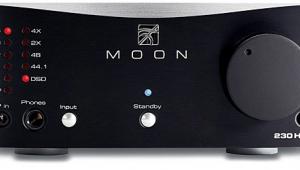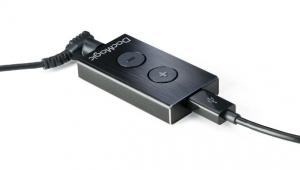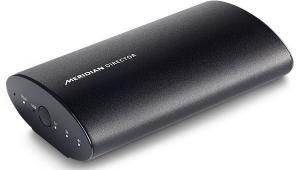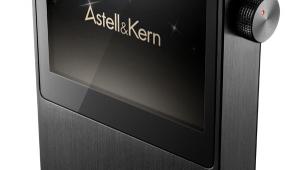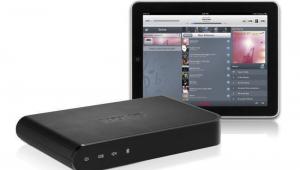Yamaha RX-A3020 A/V Receiver Page 2
Performance
As always, for my long-term listening I left YPAO's equalization off ("Through"). As an unadorned amplifier the RX-A3020 performed faultlessly, producing ample power to drive my moderate-sensitivity main speakers to lifelike levels with no sign of strain or coloration. Running these full-range, tracks from Dreams of New Orleans, a Chesky CD featuring trombonist Wycliffe Gordon, yielded dramatically open, dynamic sound, neither crisper nor warmer than it should be, with impressive dynamic ease on trumpet and 'bone accents, and satisfying presence to the pared-down Dixieland drum kit.
One of Yamaha's chief claims to fame is its extensive rotation of DSP-surround options, which have evolved over three decades to ever greater effect. Playing the Gordon CD's "Little Liza Jane" via the A3020's Basement Club DSP mode was a real pleasure. The antiphonal voices came from considerably "west" and "east" of the front-main speakers, putting the listener in an exciting and entirely believable front-table perspective, while the height channels contributed - a bit counterintui?tively - the impression of a low, rather acoustically dead? ceiling. Yet there was nothing fake about the effects. With front-presence (height) speakers in the setup, the Classical program's ability to recreate six different, much larger concert-hall ambiences - each one distinct and convincing - complete with an overarching sense of the vertical proscenium, was hugely impressive. I listened to a 96/24 hi-rez FLAC of Alexandre Tansman's Symphony No. 6 ("In Memoriam," an HDtracks.com download), and the cold, glassy colors of the first movement - the symphony is a Holocaust memorial - were chillingly distinct, even in the warm acoustic of the Concertgebouw ("Hall in Amsterdam") DSP setting. This was superb music surround - derived in both cases from plain ol' stereo recordings.
Movie-wise, the RX-A3020 was just as satisfying - mostly. There was plenty of power to reach big-cinema levels on an effects-dense offering such as a Blu-ray of The Town, with no hint of transient squash.?
The Yamaha's six Cinema DSP modes (Adventure, Drama, Spectacle, and so on) offer a whole seasoning rack of further options. Most produce impressive yet still cohesive ambience expansion for more of a big-cinema feel, but as I've found before with other Yamahas, none does so without adding, however slightly, with a faint wash of reverb-y color to dialogue. With The Town and other films, I thus preferred "Straight" Dolby or DTS decoding, though the "Adventure" setting lent the movie's many chase sequences a subtly broader and "deeper" ambience. Football games rocked the "Sports" setting with action and crowd sounds to a definite advantage.
There's so much other stuff going on in the RX-A3020 that I am forced to cherry-pick ruthlessly. Yamaha's implementation of streaming-audio and iPod playback works flawlessly. Of all the many receivers and pre-pros I've tested, it's also the easiest to use and, more important, the fastest-navigating. HDRadio also worked well, with a fairly intuitive onscreen selection of sub-programs.
The Yamaha's IDT HQV Vida video processing is without weakness. I found no visible artifacts on upscaled 480i/p analog video - at least up to 1080p resolution. The A3020 also delivers the less usual ability to upscale incoming HDMI video - potentially useful if it results in better image quality than your source's own upscaling.
